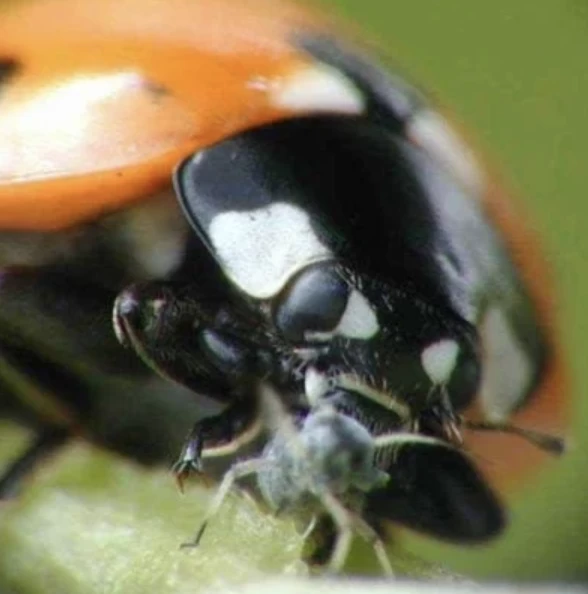6 Tips for Maintaining Hedge Health
Hedges are a beautiful addition to any landscape, providing privacy, structure, and aesthetic appeal. However, they require proper care and maintenance to stay healthy and attractive. Neglecting your hedges can lead to overgrowth, disease, and even death. To keep your hedges in top shape, follow these top tips for maintaining hedge health.
1. Regular Trimming
Regular trimming is essential for maintaining the health and shape of your hedges. Trimming encourages new growth and helps prevent overgrowth, which can lead to a weakened and unhealthy hedge. It is recommended to trim your hedges at least twice a year, in the spring and fall. However, some hedges may require more frequent trimming, so it is important to research the specific needs of your hedge type. Its important to avoid harsh weather extremes such as heat domes and frosts. In some cases keeping hedges regularly pruned prevents loss of garden space and stimulate growth. This may seem counterintative, but it works!
2. Proper Pruning Techniques
When trimming your hedges, it is important to use proper pruning techniques to avoid damaging the plant. It is also important to remove any diseased branches to prevent the spread of illness. Its best to leverage a professional to consult your needs and get insights on whats best for your hedge.
3. Fertilization
Hedges, like any other plant, require proper nutrients to stay healthy. Fertilizing your hedges once or twice a year can provide them with the necessary nutrients to thrive. It is best to fertilize in the spring and fall, using a slow-release fertilizer specifically designed your specific species of hedge. Be sure to follow the instructions on the fertilizer carefully to avoid over-fertilization, which can harm your hedges. Bare in mind, fertilizer may impact other trees and plants in close proximity to your hedge.
4. Watering
Proper watering is crucial for maintaining hedge health. Hedges should be watered deeply once a week, rather than shallowly every day. This encourages deep root growth and helps the hedge withstand drought conditions. However, be careful not to overwater, as this can lead to root rot and other issues. It is also important to water at the base of the hedge, rather than from above, to avoid damaging the leaves. Watering is best done in the early morning and late evening, as it will reduce evaporation getting the best soil moisture and prevent scolding in the summer months.
5. Pest Control
Pests can wreak havoc on your hedges, causing damage and potentially killing the plant. Regularly inspect your hedges for signs of pests, such as holes in the leaves or visible insects. If you notice any issues, it is important to address them immediately. There are many natural and chemical pest control options available, so be sure to research and choose the best option for your specific pest problem. Fun fact, a good non intrusive treatment for aphids is introducing a colony of lady bugs to mitigate the pest.
6. Professional Hedge Trimming Services
While regular maintenance is important for hedge health, it can be a time-consuming and physically demanding task. If you are unable to maintain your hedges yourself, consider hiring a professional arborist to service your hedge trimming needs. These services have the expertise and equipment to properly care for your hedges, ensuring they stay healthy and beautiful.
By following these top tips for maintaining hedge health, you can ensure that your hedges remain a beautiful and functional addition to your landscape. Remember to regularly trim, prune, fertilize, water, and address any pest issues to keep your hedges in top shape. And if you need assistance, don't hesitate to contact us, your professional hedge trimming service near you.







